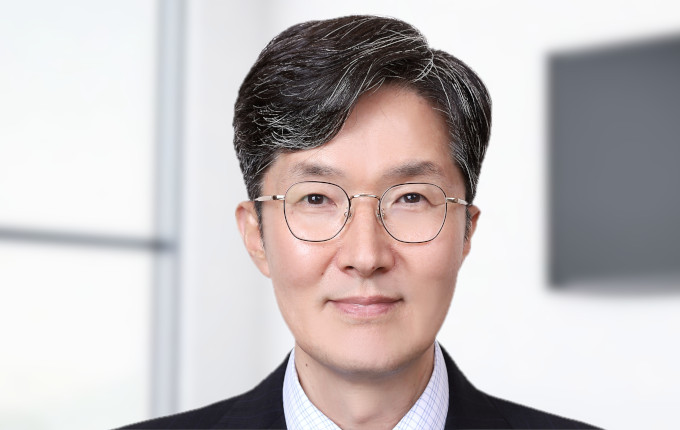Recognising that traditional asset classes were insufficient to meet Korean pensions fund POBA’s objectives, CIO Dong-Hun Jang turned to alternatives. These assets now make up two thirds of the fund and he has plans for a further increase, Jang tells Dan Purves.
Register to Access this Exclusive [i3] Insights Article
Create a free account to access exclusive interviews with asset owners, revealing insights on investment strategies, market trends, and portfolio allocations.
If you already have an account you can Login .
If you have any issues registering an account please send us an email at [email protected].

